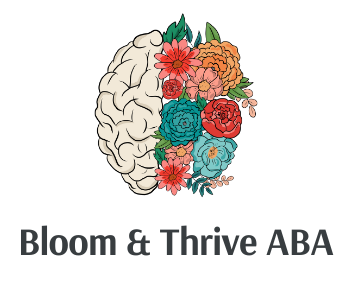The Transformative Benefits of ABA Therapy
Applied Behavior Analysis (ABA) therapy is a science-based approach that has transformed the lives of countless individuals with autism and other developmental disorders. By utilizing structured techniques and positive reinforcement, ABA therapy addresses behavioral, social, and communication challenges, paving the way for improved independence and quality of life.
Evidence-Based and Individualized
One of the most significant benefits of ABA therapy is that it is evidence-based . Decades of research have demonstrated its effectiveness in helping individuals learn new skills and reduce challenging behaviors. Therapists work closely with each client to develop a personalized treatment plan tailored to their unique needs, ensuring that every session targets specific goals. This individualized approach makes ABA therapy adaptable to a wide range of abilities and challenges.
Enhancing Communication Skills
For many children and adults, communication is a critical area of development. ABA therapy uses proven strategies to enhance both receptive (understanding) and expressive (speaking or using alternative communication methods) language skills. Techniques such as manding (making requests) and tacting (labeling objects or events) not only improve vocabulary but also empower clients to express their needs effectively. As a result, individuals can engage more confidently in social interactions, whether at home, school, or in the community.
Improving Social and Adaptive Skills
Beyond language, ABA therapy helps build social skills and adaptive behaviors that are crucial for everyday life. Through carefully structured interventions, clients learn to interact with peers, manage transitions, and develop routines that foster independence. These skills are essential for:
• Successful classroom integration: Enhanced focus and behavior management can lead to better academic performance.
• Everyday living: From personal hygiene to self-care routines, ABA therapy equips individuals with the tools they need to function independently.
• Social relationships: Learning appropriate social cues and responses improves relationships with family members, friends, and colleagues.
Reducing Challenging Behaviors
Challenging behaviors, such as tantrums or self-injury, can significantly impact the quality of life for individuals and their families. ABA therapy targets these behaviors through structured teaching and positive reinforcement, helping clients replace maladaptive behaviors with more constructive alternatives. As clients gain control over their behaviors, they experience increased self-esteem and a greater sense of empowerment.
Empowering Families and Caregivers
A standout benefit of ABA therapy is its emphasis on family involvement. Therapists often train parents and caregivers in ABA strategies, enabling them to reinforce learned skills at home. This collaborative approach not only promotes consistency across environments but also creates a supportive network that accelerates progress. Empowered caregivers are better equipped to help their loved ones navigate challenges, leading to more meaningful and lasting improvements.
Final Thoughts
ABA therapy is much more than a set of techniques—it’s a comprehensive, individualized approach that transforms lives. By improving communication, social skills, and adaptive behaviors, ABA therapy provides individuals with the tools they need to lead more independent and fulfilling lives. Whether you’re a parent, educator, or caregiver, understanding the benefits of ABA therapy can be the first step toward creating a supportive environment where every individual has the opportunity to thrive.
If you’re considering ABA therapy, reaching out to a qualified professional can help tailor an intervention plan that meets your unique needs and sets the stage for long-term success.





